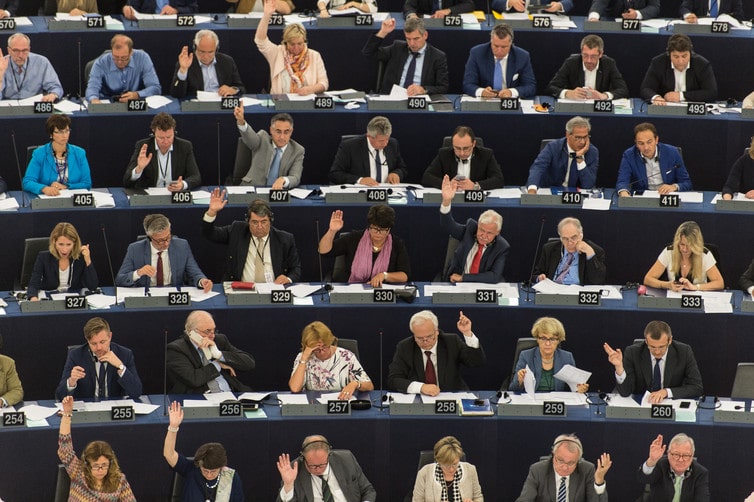Can Britain use the ‘Norway Option’ with the EU?
The aftermath of the Brexit referendum has intensified the debate on alternative templates for the UK’s relationship with the European Union. The “Norway option”, an arrangement that allows Norway access to the single market without being a member of the EU, is often proposed as a transitional station on the journey towards Brexit’s final destination.




